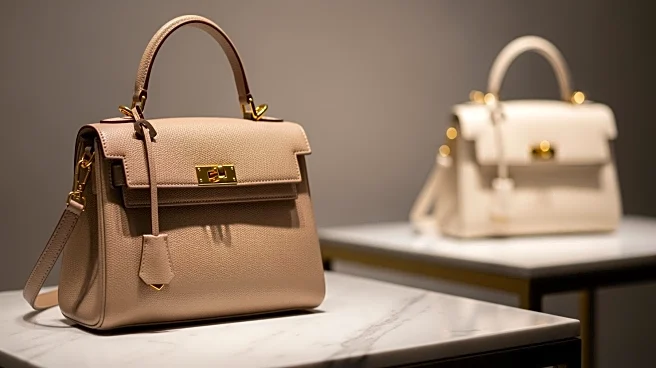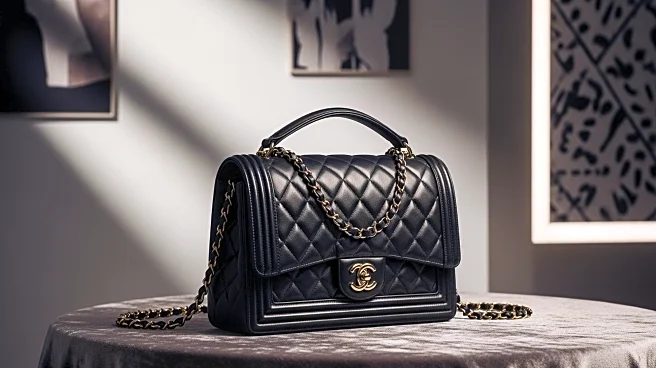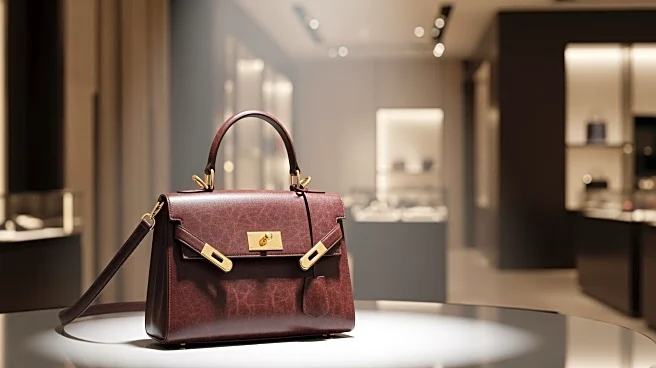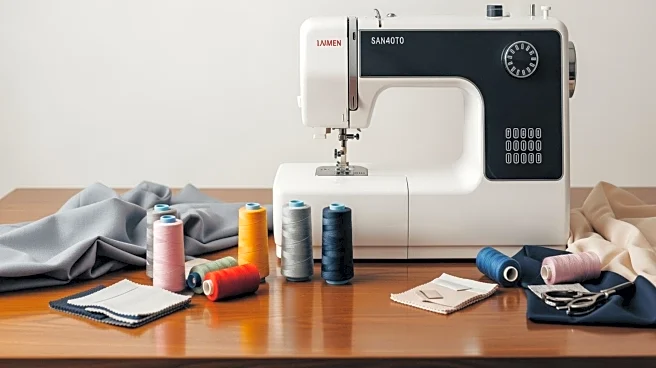What's Happening?
Hermès is addressing the challenges posed by the growing resale market, particularly focusing on the issue of counterfeit goods. The luxury brand is less concerned with the general recommerce trend and more
focused on the flipping of brand-new bags, which CEO Axel Dumas highlighted as a problem during a Q2 2025 earnings call. Hermès is prioritizing anti-counterfeiting measures over policing legitimate secondary listings, as counterfeits can erode trademark distinctiveness and confuse consumers about product provenance. This approach contrasts with other luxury brands like Chanel, which is actively litigating to set rules for secondary-market engagement, and Rolex, which has established a Certified Pre-Owned program to maintain control over resale authenticity.
Why It's Important?
The rise of the resale market, projected to reach $360 billion by 2030, is reshaping consumer behavior, particularly among Gen Z and millennials who are increasingly opting for pre-owned luxury goods due to high prices and economic uncertainty. This shift forces luxury brands to adapt their strategies to protect their brand integrity and maintain consumer trust. Hermès' focus on counterfeiting highlights the importance of preserving brand value and authenticity in a market where counterfeit goods can significantly impact consumer perception and brand reputation. The differing strategies among luxury brands illustrate the complexity of navigating the resale market while safeguarding brand identity.
What's Next?
Luxury brands are expected to implement more serialization and digital product passports to enhance product provenance and authenticity. There may be increased data-sharing between brands and platforms to inform buying plans and archive reissues. Targeted lawsuits could become more common as brands seek to enforce proper authentication and prevent implied affiliations. While some brands may not engage in resale at scale due to operational challenges, they will likely continue to prosecute counterfeits and set guardrails for brand representation in secondary channels. The focus will remain on maintaining control over authenticity and narrative without losing pricing power to the resale market.
Beyond the Headlines
The luxury industry's mixed stance on resale reflects the varied incentives and risks associated with the market. For some brands, resale represents a reputational risk that requires strict enforcement, while for others, it offers an opportunity to build consumer trust through direct engagement. The structural differences between product categories, such as handbags and watches, influence how brands approach resale, with watches offering more opportunities for refurbishment and verification. The evolving strategies will shape industry standards for authenticity and consumer trust in the luxury market.











